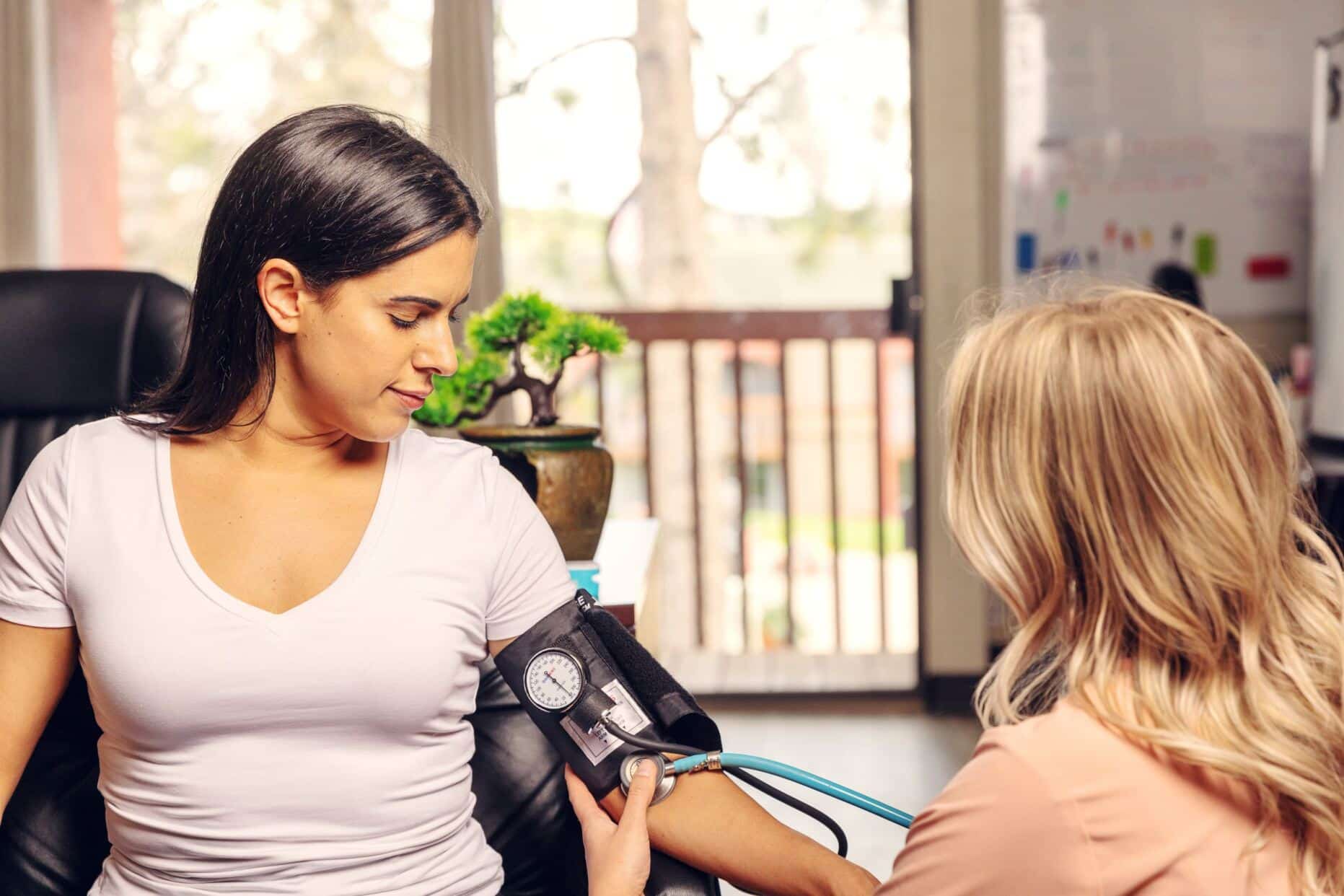Rhinophyma is a skin condition that affects the nose. Many people associate it with drinking large amounts of alcohol, but that’s not necessarily the case.
What Is Alcoholic Nose?
W.C. Fields was a popular U.S. comedian who appeared on stage and in several movies in the first half of the twentieth century. He was known for his large, bulbous nose and his connection with alcohol.
Fields died due to alcohol-related causes, and while alcohol may have contributed to the distinctive appearance of his nose, it probably didn’t cause it. Yet to this day, people associate large, bulbous, and red noses with drinking alcohol.
Like many things associated with alcohol, the real answer to the question What is a drinker’s nose? is complicated.
What Is Rosacea and How Is it Related to Rhinophyma?
People who have noses that are inflamed, bulbous, and red often have rhinophyma, which might be a form of a condition known as rosacea.
Rosacea is a chronic skin disease that could produce various symptoms, including skin that
- Is red at the center of the face (nose, forehead, chin, and cheeks).
- Feels warm, burning, or swollen.
- Features pimples or bumpy skin.
- Has small red blood vessels visible through the skin.
- Is thicker (in more advanced cases).
The condition may also produce problems with a person’s eyes and eyelids as well as vision problems.
Doctors believe that rhinophyma is a more severe form of rosacea. The two often share similar symptoms.
Along with other rosacea symptoms, rhinophyma can produce skin sensitivity and cause changes to the nose that give it
- A bulbous, swollen, red, waxy, and tough appearance
- Larger skin pores
- Multiple oil glands
Such symptoms give the word rhinophyma its name. Rhino means nose while phyma means a swelling, nodule, or skin tumor. Because rosacea is a chronic condition, it doesn’t have a cure. Like other chronic conditions, however, people can manage it. To treat rosacea, people can do the following under clinical supervision: Since rhinophyma is a form of rosacea, the treatment for rhinophyma is similar. Some people also avoid alcohol because they believe that it contributes to flare-ups of the conditions.
Treatment for Rosacea
Are alcohol and drugs ruining your life?
Find help now
What Causes Drinker’s Noses?
Alcohol might contribute to rosacea and rhinophyma, but the substance doesn’t seem to cause the conditions in the first place.
While medical professionals aren’t exactly sure what causes rosacea and rhinophyma, they believe that certain certain factors may produce the conditions:
- Genes. People who have relatives with rosacea are more likely to have the condition themselves.
- Pale skin that blushes easily. Blood vessels that dilate easily may produce blushing and rosacea.
Other factors that could contribute to rosacea and rhinophyma include:
- Gender and age. Women who are 30-60 years old or are experiencing menopause are more likely to have rosacea. Men from the ages of 50-70 have a greater likelihood of having rhinophyma.
- Ethnic background. Rhinophyma risks are higher for people who are of Scandinavian, Scottish, English, or Eastern European descent.
Can alcohol damage your nose? If you already have rosacea or rhinophyma, drinking can make them worse and affect the appearance of the nose. But alcohol addiction can cause other, more severe problems.
Signs of Alcoholic Addiction and Misuse
Alcohol misuse and addiction can contribute to changes in a person’s appearance. Is a red face a sign of alcoholism? It can be if people have other conditions, such as rosacea or rhinophyma.
There are other signs that people might be misusing alcohol or addicted to the substances. Outward physical signs of alcohol addiction could include:
- Dry lips and skin, waxy skin patches, rashes, infections, irritated and itchy skin
- Skin that’s more light-sensitive, fragile, or harder than before
- Skin cancers
- Hair growth in areas of the body that receive sun exposure
- Yellowing of the eyes and skin (jaundice) due to liver disease
- Darker skin around the mouth and eyes and on the legs
- Changes in the fingernails
- Thickened tongue, swollen gums
- Tooth decay
Other physical effects of addiction are not visible but still dangerous. Excessive drinking can damage and disease the liver, heart, and other parts of the body and contribute to diseases such as diabetes and various types of cancer.
Because addiction also affects the brain, it can also produce psychological changes. Alcohol misuse and addiction can cause depression, anxiety, or worsen pre-existing depression or anxiety. Researchers have also noted that “alcoholism can complicate or mimic practically any psychiatric syndrome seen in the mental health setting.”
Lifestyle changes are also common when people have addictions. When people are addicted to alcohol, they might:
- Isolate themselves from loved ones and neglect their relationships and responsibilities.
- Encounter problems at work or school.
- Experience financial problems.
- Spend more time drinking or with other people who drink.
Drinking large amounts of alcohol can produce many unpleasant effects. While it may contribute to rhinophyma or “drinker’s nose,” it probably doesn’t cause it. Instead, alcohol can harm you in many other ways.
Sources
Medical disclaimer:
Sunshine Behavioral Health strives to help people who are facing substance abuse, addiction, mental health disorders, or a combination of these conditions. It does this by providing compassionate care and evidence-based content that addresses health, treatment, and recovery.
Licensed medical professionals review material we publish on our site. The material is not a substitute for qualified medical diagnoses, treatment, or advice. It should not be used to replace the suggestions of your personal physician or other health care professionals.







